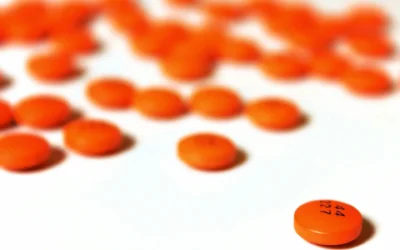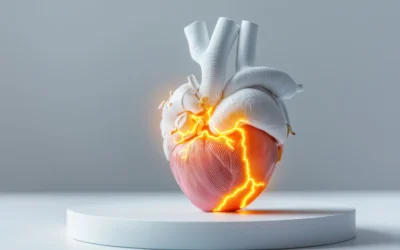Cardiac computed tomography (CT) is a non-invasive imaging tool that has revolutionized the field of cardiology. This technology enables doctors to visualize the heart and its blood vessels in great detail, thereby facilitating accurate diagnosis and efficient treatment planning for a host of heart conditions. This comprehensive guide aims to demystify the Cardiac CT scan, highlighting its purpose, the process involved, and what patients can expect during and after the procedure.
What is Cardiac CT?
In simple terms, a Cardiac CT scan is a heart-imaging test that uses X-rays and computer technology to create detailed pictures of the heart and its blood vessels. It captures multiple images from different angles, which are then processed by a computer to produce cross-sectional, ‘slice-like’ pictures of the heart.
This sophisticated technology enables clinicians to visualize the heart in high resolution, facilitating the identification of abnormalities or disease processes. Its applications extend beyond the heart, providing valuable information about the lungs, chest wall, and thoracic blood vessels, which can also play significant roles in a patient’s cardiac health.
Understanding Cardiac CT
A Cardiac CT scan is an advanced imaging method that uses X-ray technology coupled with a computer to produce detailed images of the heart and its associated structures. These cross-sectional images, often called slices, offer a view inside the heart, revealing its chambers, arteries, and veins in great detail.
Cardiac CT can reveal information that is sometimes not possible with other imaging methods. It is capable of identifying calcifications or blockages in the coronary arteries, detecting congenital heart defects, assessing the functionality of heart valves, and evaluating the heart’s pumping capability.
Why Doctors Recommend Cardiac CT
Cardiac CT is often recommended when other diagnostic tests, such as an electrocardiogram (ECG) or chest X-ray, do not provide sufficient information or when a more detailed view of the heart is needed.
Cardiac CT is an essential tool for:
- Detecting calcification or plaques in the coronary arteries, indicating coronary artery disease.
- Evaluating the severity of coronary artery disease and the blood flow to the heart muscle.
- Determining the need for further treatment, such as surgery or catheterization, and planning these procedures.
- Assessing the results after coronary artery bypass grafting (CABG) surgery or percutaneous coronary intervention (PCI).
- Diagnosing congenital heart defects and disorders of the heart valves.
The Role of Cardiac CT in Heart Disease Diagnosis and Management
A Cardiac CT scan serves multiple purposes in clinical practice. For instance, it is pivotal in:
- Detecting and assessing coronary artery disease (CAD): Cardiac CT can reveal calcified or non-calcified plaques in the coronary arteries. Assessing the extent and severity of these plaques, it helps in evaluating the risk of a heart attack.
- Evaluating heart function: By visualizing the heart’s structure, a Cardiac CT allows doctors to assess the function of the heart chambers and valves.
- Planning and follow-up of procedures: Cardiac CT can help plan surgical and interventional procedures, such as coronary artery bypass grafting (CABG) or percutaneous coronary intervention (PCI). It’s also crucial in post-procedure follow-up, assessing the success of the intervention, and detecting any potential complications.
The Cardiac CT Procedure
The Cardiac CT scan procedure is a well-orchestrated process. Here’s a general rundown of what to expect:
- Preparation: The patient is asked to lie down on a table connected to the CT scanner. The technician may attach electrodes to the patient’s chest to monitor heart activity during the scan.
- Contrast dye administration: To enhance the visibility of the heart and blood vessels, a contrast dye may be injected into the patient’s vein. The dye helps outline the structures of the heart and shows how well blood is flowing through the heart and major vessels.
- Scanning: The table moves slowly through the scanner as it captures images. The patient might be asked to hold their breath for a few seconds to improve the quality of the images.
Life After a Cardiac CT
After the procedure, patients can typically return to their regular activities. Side effects from the contrast dye, such as a minor allergic reaction, are uncommon but possible. Symptoms may include itching, rash, or hives, which generally resolve quickly.
Interpreting the Results
A radiologist, a physician trained in imaging interpretation, will review the images captured during the Cardiac CT scan. The radiologist creates a detailed report that includes the findings and sends this report to the patient’s doctor. The doctor will then discuss the results and potential next steps, which may include further tests or starting a treatment plan.
In conclusion, cardiac CT is a powerful, non-invasive diagnostic tool that provides detailed images of the heart. This technology is instrumental in diagnosing and managing various heart conditions, allowing doctors to view the heart’s structures in unprecedented detail. By understanding the procedure and what to expect, patients can approach a Cardiac CT scan with confidence and peace of mind.









